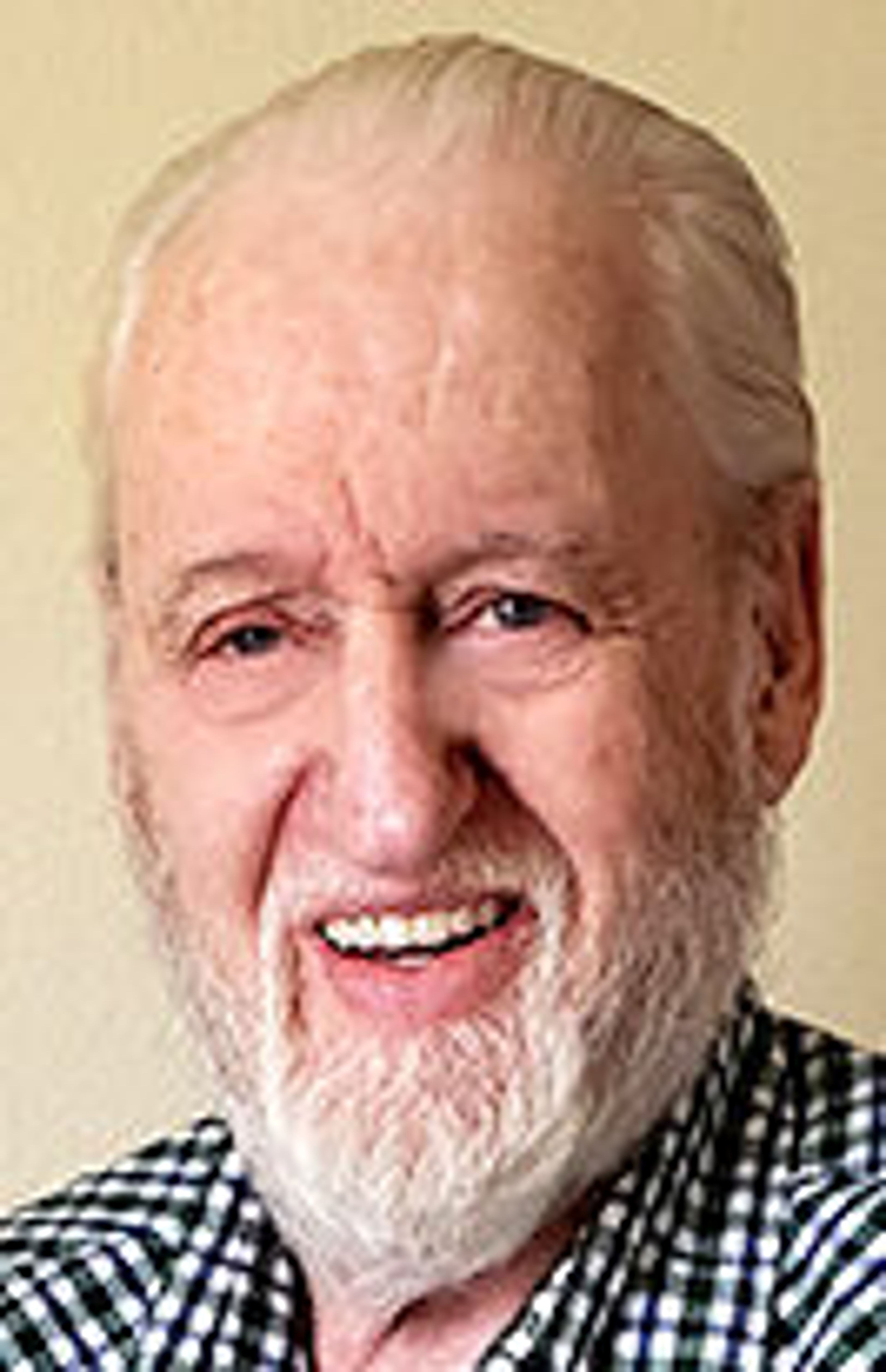The New Yorker recently published a lengthy piece on the risk Prime Minister Benjamin Netanyahu’s new coalition government is turning Israel from a democracy into a theocracy.
The United States faces a similar risk, although by different means.
First, what is a theocracy?
The word derives from two Greek words, theos (deity) and kratia (rule). In theocracies one particular belief system, religious doctrines such as Christianity or Islam, are imposed on a nation.
It is a form of government in which adherents believe deity speaks through them. Theocracies claim religious rights for their leaders’ religion, but usually deny it to citizens by imposing their own social rules and regulations on everyone, regardless of their religion or lack thereof.
During biblical times, the Jewish people were governed by theocracy.
Ancient Rome was governed by emperors who claimed they descended from Roman gods. Then, during his reign from 306 AD to 337 AD Constantine converted to Christianity.
During America’s colonial period many governments were theocratic, imposing one religion over all others. Later, members of the Church of Jesus Christ of Latter-day Saints lived under a form of theocratic government — theodemocracy — from 1841 until 1881.
Whether they know it or not, just as Netanyahu’s coalition of Jewish religions appears to be moving Israel towards theocracy, millions of Americans are electing politicians who would turn the United States government into a theocracy.
They do so by claiming the U.S. is a Christian nation. They want politicians to impose Christian values as they define Christianity, which aligns with conservative, even radically conservative political philosophies.
At this moment, two heatedly debated examples dominate national, state and local legislative processes. They are the battle for women’s wombs, and the fight over biological sex and social gender.
The uterus battle involves both birth control and abortion. Ironically, many people who oppose abortion also oppose birth control, which reduces women’s resort to abortion.
Arguments for and against both of these issues are made by religionists, agnostics and atheists. They also include both secular moral philosophy and religious morality.
Some political scientists believe the religious right’s attempt to ban abortion tipped the 2022 election to President Joe Biden, who despite his Catholic faith, supports women’s right to abortion.
However, the imbroglio over sex and gender is, at this time, an even more heated, confused heap in national, state, county and city governments throughout the United States.
The archaic custom of binary classification of people is the tap root of the fiercely flaming religious and secular arguments.
When a baby is born, a cursory examination determines whether it is male or female. Unfortunately, biology isn’t that simple. There is a broad spectrum of biological intersexes in the biblical “God created man in his own image ... male and female created he them.”
At the extreme, I assume, are babies born with both vagina and penis. Both are functional in very rare cases.
They involve genetic mutations and other gene variations involved in what are called disorders of sex development.
Yet, we have legislators at all levels of government demanding that drivers’ licenses bear the sex “on their birth certificate.” There are heated arguments over gender roles, preferred pronouns, access to bathrooms, same-sex marriage and a litany of other social problems.
The demand for religious rights isn’t a call for the rights of all religions, but for the religion of office holders and their constituents.
That’s theocracy, and theocracy violates the U.S. Constitution.
Day is a retired Washington State faculty member and a Pullman resident since 1972. He enjoys a life-long interest in agriculture, history, law, politics and religion. He encourages email — pro and con — to terence@moscow.com.








